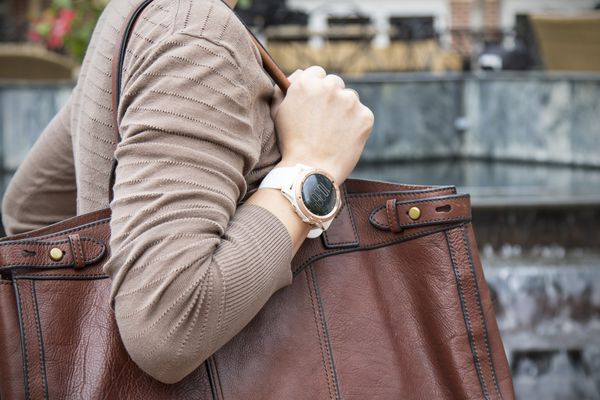
Matt DeMoss, General Manager for Garmin Australasia has shared his predictions for wearable technology for 2016 and beyond.
As the uptake of smartwatches and fitness trackers becomes more ubiquitous, the technology will evolve to become more sophisticated and more tailored for individual users. We’re already moving beyond step count and heart rate monitoring, and will see fitness trackers become smarter, more integrated and more connected than ever before.
Integration
In our digitally saturated world it seems we have different devices and apps for everything. But as we move into 2016 and beyond, we’ll see more integration, with apps using and sharing data from numerous devices for a seamless user experience. Already, you can plug in your activity tracking data with apps like MyFitnessPal to easily help you meet weight loss goals. We’ll see more of this kind of synergy moving forward as apps are built to ‘talk’ to each other and integrate data from our wearable devices. We may even eventually see wearables integrate with targeted marketing and promotional opportunities. For example, imagine you’re out for a run and your fitness tracker beeps at you with an offer to stop in for a free drink at the cafe you just passed. Developing applications that talk to each other and integrate with fitness tracking and GPS data makes this a real possibility for the future.
Customisation
As wearables become more sophisticated, so will their ability to be fully customised. We’ll see more apps for wearables become available, allowing users to not only personalise their devices but also use them for multiple purposes – tracking weather, locating their cars, listening to music etc. Many of the apps we see available on smartphones will eventually become available on smartwatches and other fitness trackers, giving us access to unlimited content on our wrists.
More metrics
The more data we can collect from our fitness trackers the better placed we are to make crucial changes in our lives to be as fit and healthy as possible. Tracking your daily step goal and hours you’ve slept is great. But we’re going to see even more metrics being captured with more devices designed with specific sports in mind. Garmin has already designed running watches specifically tailored to capture data like cadence, vertical oscillation, ground contact time and stride length so athletes can improve their performance at an elite level. We’ll see more detailed, more targeted metrics for all kinds of sports, from cycling to skiing to golfing. And who knows? Maybe one day we’ll even find a way to measure the calmness and pose accuracy of yogis. Although this might be a while away yet.
Fashion focused
Activity trackers work best when they stay on your wrist 24/7 – from the gym to the office to nights out with friends. But for the more sartorially inclined, style is going to be a huge motivator when it comes to choosing the right devices. Next year we’ll see even more fashion focused activity trackers, with interchangeable colours and bands so style conscious users can choose aesthetically pleasing devices while ensuring they stay on top of their personal health and fitness goals.
Beyond 2016
Wearable technology is advancing at a rate of knots with new and improved products being released each month. And the possibilities for the future are endless. Years from now, we may even see wearables become life saving devices. Imagine a smartwatch that could alert a diabetic their blood sugar levels were low? Or even that someone was at risk of stroke or about to have an epileptic seizure? We’re living in an incredibly exciting time where innovation and technology are making just about anything possible, things we could never have dreamed of.
While wearables and their role in our lives will change and evolve as time goes on, one thing is for certain – wearable technology is here to stay. And that’s a good thing, as it’s only going to make our lives better.
For more information about Garmin, visit www.garmin.com.au or http://facebook.com/garminau.

